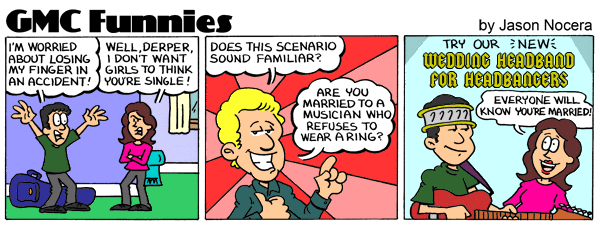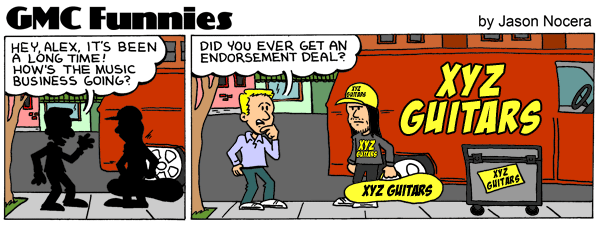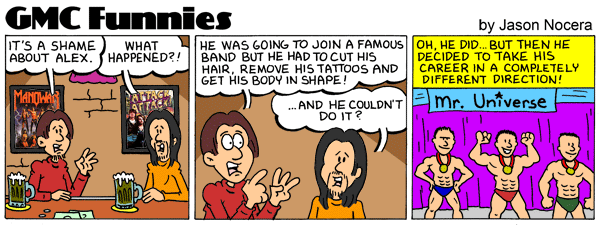Trying To Learn To Improv, hendrix style rhythm |
|
|
|
|
|
| Nov 9 2012, 07:16 PM |
|
I know what you mean here Adam although I can't really describe it a theoretical term. I'm bumping this up to see if anyone else can help ? Guys ??
|
|
|
||
|
|
|
|
| Nov 10 2012, 12:39 AM |
|
I can't answer this completely, but here are a few tips that might help.... and, also *bump*!
The main key is Em, although that shares many of the same notes as a G major shape/scale as well. I would need to grab a guitar and follow, but I think that "yes" the Bm, Bb, Am... Bb is a chromatic passing tone. I don't know enough theory to tell you exactly how to harmonize that/if you should/what to do there. Hopefully someone can add to that. And the "F" is in there because it sounds good!! I hope that helps, even a little. I took the chord progression from little wing and am trying to use the approach over that (rather than copying the original note for note, I'm trying to learn to do what Jimi would of done and just improv the rhythm part over the bass). So, I started with the first few chords on loop; Em->G->Am->Em and repeat. That went fine. Then, it got confusing; So the next bass notes go Bm, Bb, Am. So, what's with the Bb there, is that just a chromatic passing note played by the bass, what do I do rhythm wise there? How do I harmonise that? Then, moving on, it ends up going C->F->G->F->D. F isn't in the key (which is Em or G major right?), so how come F is in there? Then I can't figure out how to harmoise that or where to move in my rhythm part during that, any help on understanding this would be appretiated! Thanks, -Adam --------------------   Check out my awesome Nintendo Cover-band, EMULATOR!! http://www.reverbnation.com/emulator Now.....go practice!! |
|
|
||
|
|
|
|
| Nov 12 2012, 06:15 PM |
|
So I would play in Cmajor over that section?
|
|
|
||
1 User(s) are reading this topic (1 Guests and 0 Anonymous Users)
0 Members:



























